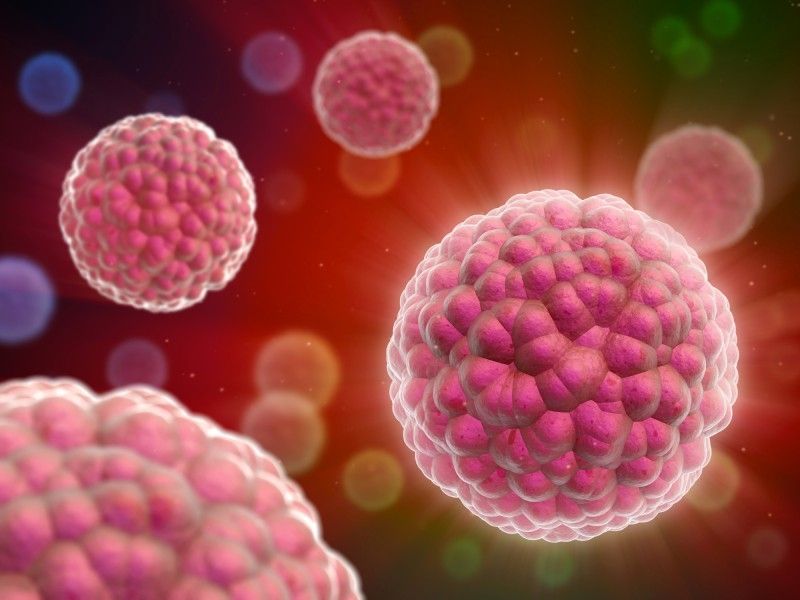London- In the newest medical development in the treatments of Prostate cancer in its early stages, British and European researchers have succeeded in using a kind of bacteria living in dark seas that secrete its toxins when exposed to light to attack cancerous tumors under laser effects.
This exceptional success came after many researches aiming at developing non-surgical treatments for cancerous tumors that allows scientists to compose a medicine using bacteria that can eradicate tumors without damaging the neighboring intact cells.
Professor Mark Emberton, Dean of UCL Medical Sciences and Consultant Urologist at UCLH said that this is truly a huge leap forward for prostate cancer treatment, which has previously lagged decades behind other solid cancers such as breast cancer.
For decades, almost everyone with breast cancer was given a radical mastectomy. However, since then treatments have steadily improved and we now rarely need to remove the whole breast. In prostate cancer, experts still commonly depend on removing or irradiating the whole prostate, which makes the success of this new tissue-preserving treatment great news.
The new treatment uses a drug called WST11, made from bacteria that live in the almost total darkness of the seafloor and which become toxic only when exposed to light.
Ten fiber optic lasers are inserted through the perineum – the gap between the anus and the testes – and into the cancerous prostate gland. When the red laser is switched on, it activates the drug to kill the cancer and leaves the healthy prostate behind.
The research, published in The Lancet Oncology, found that around half (49%) of 413 patients with low-risk prostate cancer treated went into complete remission compared with 13.5% in the control group who were given no treatment.
At the moment, men with low-risk prostate cancer are put under ‘active surveillance’ where the disease is monitored and only treated when it becomes more severe. Radical therapy causes lifelong erectile problems and around one in five patients also suffer from incontinence. By contrast, the light therapy only caused short-term urinary and erectile problems which resolved within three months, and no significant side-effects remained after two years.
Researchers succeeded in pinpointing prostate cancers using MRI scans and targeted biopsies, allowing a much more targeted approach to diagnosis and treatment. This means we could accurately identify men who would benefit from and deliver treatment more precisely to the tumor.
The chances of cancer progressing to a more dangerous stage were three times lower for patients on light therapy, and the treatment doubled the average time to progression from 14 months to 28 months.
Amid many positive expectations, Dr. Matthew Hobbs said that he next challenge would be to find out which patients should still wait and see, which ones should have this type of therapy, and which should have more invasive treatments.
